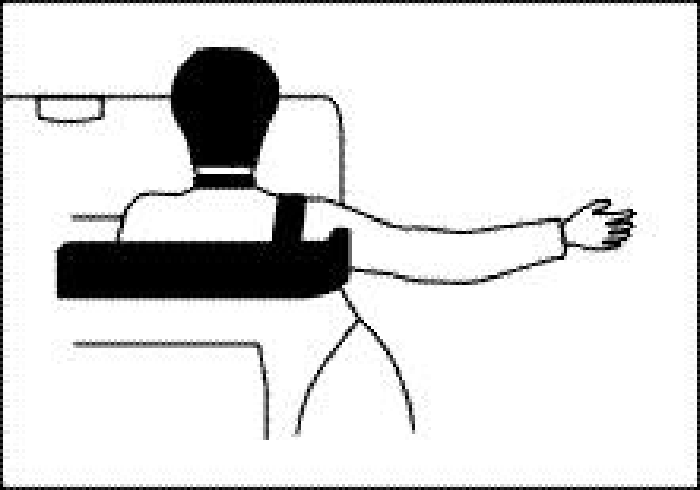The Rules Relating to Signalling on New South Wales Roads

Use your bloody indicator!
The failure to use a turning indicator light, or to have a functional braking light, can be a source of frustration for drivers who are doing the right thing.
And it’s important to know there are a number of rules that apply to the use of these indicatory signals, and that not following the rules can amount to a traffic offence in New South Wales.
Here’s a rundown of the rules that apply to turning and stop signals, as well as the penalties that may apply and the ways to defend unfair allegations.
Drivers must give a direction signal when changing direction
The rules regarding changing direction are outlined under two main sections of the Road Rules 2014 (NSW):
- Regulation 46, which states that before a driver changes direction to the left, the driver must give a left change of direction signal, for long enough to give sufficient warning to other drivers and pedestrians, and
- Regulation 48, which states that before a driver changes direction to the left, the driver must give a left change of direction signal, for long enough to give sufficient warning to other drivers and pedestrians.
A left change of direction signal can be provided by turning on a left indicator light, whilst a right change of direction signal can be provided by turning on a right indicator light or giving an appropriate hand signal (see below).
If a driver is about to change direction by moving from a stationary position at the side of the road or in a median strip parking area, the driver must give the change of direction signal for at least 5 seconds before the driver changes direction.
Failure to use a change of direction signal appropriately comes with a penalty notice of $215 and 2 demerit points at the time of writing, or a maximum fine of $2,200 if the driver elects (chooses) to take the matter to court.
What constitutes ‘changing direction’ is further defined under regulation 45 of the Rules. Generally, a driver “changes direction” if the driver changes direction to the left or the driver changes direction to the right.
A driver “changes direction to the left” by:
- turning left;
- changing marked lanes to the left;
- diverging to the left;
- entering a marked lane, or a line of traffic, to the left;
- moving to the left to, or from, a stationary position;
- turning left into a marked lane, or a line of traffic, from a median strip parking area; and
- at a T-intersection where the continuing road curves to the right–leaving the continuing road to proceed straight ahead onto the terminating road.
A driver “changes direction to the right” by:
- turning right;
- changing marked lanes to the right;
- diverging to the right;
- entering a marked lane, or a line of traffic, to the right;
- moving to the right to, or from, a stationary position;
- turning right into a marked lane, or a line of traffic, from a median strip parking area;
- making a U-turn; and
- at a T-intersection where the continuing road curves to the left–leaving the continuing road to proceed straight ahead onto the terminating road.
Drivers must give a stop signal when stopping
Regulation 53 of the Rule Rules states that a driver must give a stop signal before stopping or when suddenly slowing. The driver must give the stop signal for long enough to give sufficient warning to other road use and, if the driver is slowing suddenly, the driver must give the stop signal while slowing.
A stop signal can mean using the vehicle’s brake lights, or if the brake lights aren’t working, by giving a hand signal (see below).
Failure to use a stop signal appropriately comes with a penalty notice of $215 and 2 demerit points at the time of writing, or a maximum fine of $2,200 if the driver elects (chooses) to take the matter to court.
Hand signals in lieu of indicators or brake lights
As was noted above, for both changing of direction right and stopping, a hand signal may be given in lieu of functioning indicators or brake light.
Regulation 50 of the Rules outlines how to give a hand signal for turning right (this is depicted in the picture below):
To give a hand signal for changing direction to the right, the driver must extend the right arm and hand horizontally and at right angles from the right side of the vehicle, with the hand open and the palm facing the direction of travel
Regulation 55 of the Rules outlines how to give a hand signal for stopping (this is depicted in the picture below):
To give a hand signal for stopping or suddenly slowing, the driver must extend the right arm and hand at right angles from the right side of the vehicle, with the upper arm horizontal and the forearm and hand pointing upwards, and with the hand open and the palm facing the direction of travel.
Ensure your indicator and brake lights are working
Although hand signals can be given in lieu of functioning indicator or brake lights, it’s important you ensure both lights are in working order and your vehicle is roadworthy.
Driving a vehicle that does not have functioning indicator or brake lights could result in a penalty notice of $116 and 2 demerit points at the time of writing, or a maximum fine of $2,200 if the driver elects (chooses) to take the matter to court.
Challenging a braking or indicator light fine
It is important to be aware that the onus rests on the prosecution to prove any braking or indicator light allegation beyond a reasonable doubt.
That being so, those who believe that were on the right side of the law can apply for a review or, if this is refused, elect (choose) to take the matter to court and put the prosecution to proof; in other words, make them prove the allegations.
Arguments put forth in court when defending such allegations include:
- The offence did not occur as alleged, or at all,
- Someone else was driving the car when the violation occurred (misidentification),
- There was an automatic defect which meant you believed the signal was working.
- The penalty notice is invalid, due to an error in or insufficiency of material particulars, and/or
- An emergency justified the violation or the conduct occurred as a result of being threatened with imminent serious harm.
It is important to carefully consider whether to elect to take a penalty notice to court, as it can result in a harsher penalty than that which comes with the penalty notice.
That said, a court also has discretion to deal with the matter by way of a non-conviction order such as a section 10 dismissal in the event you wish to plead guilty or are found guilty and seek leniency.
Getting a non-conviction order means there is no fine or demerit points.
Going to court over a traffic offence?
If you are you going to court to contest a traffic offence, call Sydney Criminal Lawyers anytime on 9261 8881 to arrange a free first conference during which one of our experienced traffic lawyers will assess the case, advise you of your options and the best way forward, and fight for the optimal outcome.








